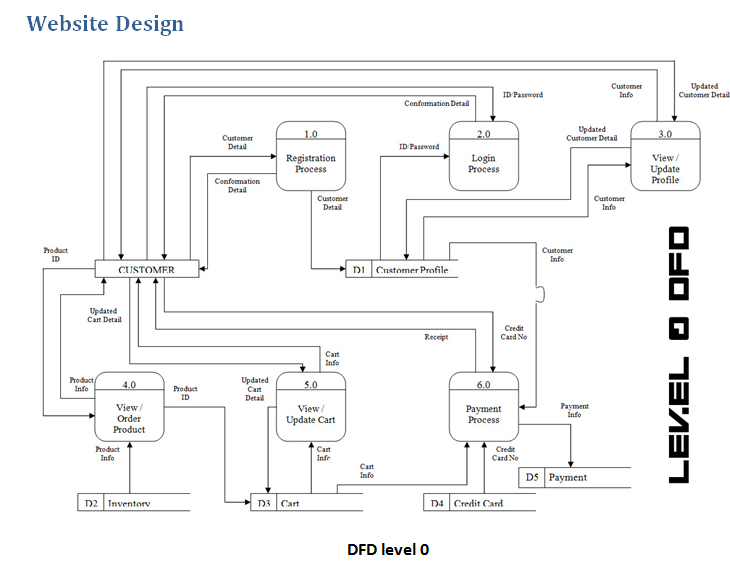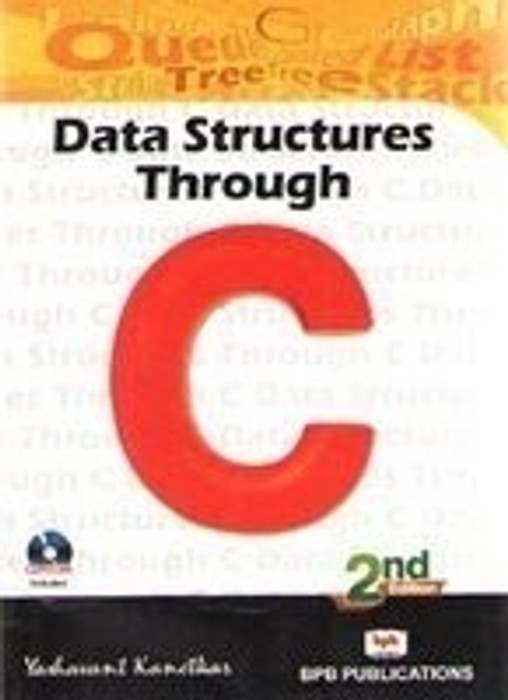

- #Data structure and algorithm by gs baluja pdf download code
- #Data structure and algorithm by gs baluja pdf download license

#Data structure and algorithm by gs baluja pdf download code
Pseudo code for the proposed algorithmĪlgorithm: Sort (L, first, last) Where L: array of elements first: lower bound of L last: higher bound of L The pseudo code, time complexity for the above algorithm and a brief comparison analysis with other conventional algorithms has been discussed in the upcoming sections.ģ. Ĝontinue the above steps until the entire array is divided into sub-lists containing two elements each.ĝivide the array into two sub-lists considering odd-even positions of the original array respectively.Perform pair-wise sorting of each element of the array.The general steps for the proposed algorithm is as follows:. It also has a time complexity of O(n log n) but executes faster than the conventional part both in large and small lists. It is a modified version of the conventional Merge Sort algorithm applying the Max Min algorithm9 strategy. This paper deals with a new sorting approach that is based on the Divide and Conquer paradigm. In spite of having enough advantages, it becomes slow for small lists and consumes more stack space5 with a complexity of O(n). It is even faster than the Quick Sort10 if the list is in reverse order. Such sorting algorithm has a time complexity of O(n log n) and can work better than the Insertion sort in case of large arrays14. Searching information from a list requires the list to be sorted in a sensible order.Īmong various Divide and Conquer sorting algorithms, Merge Sort has owned a wide range of applications. The recursive or Divide and Conquer Sorting algorithms are slightly complex and more efficient than the iterative algorithms8' 9. O(n log n) or recursive algorithms- like Heap Sort, Merge Sort and Quick Sort.O(n2) or iterative algorithms- like Bubble Sort, Selection Sort, Insertion Sort and Shell Sort.The two classes of algorithms are categorized as follows:. The algorithmic complexity is generally represented in Big- O notation of Time complexity where O represents the complexity of the algorithm and n represents the size of the list5.


The conventional sorting algorithms can be divided into two classes based on the difficulty of the problems1' 2' 3. Peer-review under responsibility of the Organizing Committee of ICACC 2016 doi:10.1016/j.procs.2016.07.292
#Data structure and algorithm by gs baluja pdf download license
This is an open access article under the CC BY-NC-ND license (). We usually sort the lists in statistical order or in lexicographical order, in ascending or descending order6, 7. Some are suitable for floating point values while others can work on lists having repeated values. Some algorithms can work on small data while others can work well on large data. Some of these algorithms are simple and spontaneous, like Insertion Sort while others are extremely complex, like Quick Sort yet provide quick results4' 10.Īlmost all sorting algorithms are problem specific13. A number of Sorting algorithms provide solutions to these problems. One of the major and basic problems of Computer Science ever is the arrangement of elements in a given order. Keywords:Divide and Conquer Internal Sorting External Sorting stack Iterative Recursive Merge Sort Peer-review under responsibility of the Organizing Committee of ICACC 2016 The proposed algorithm has been tested, implemented, compared and the experimental results are promising. The newly proposed algorithm is faster than the conventional Merge Sort algorithm having a time complexity of O(n log2 n). The idea behind this paper is to modify the conventional Merge Sort Algorithm and to present a new method with reduced execution time. The optimality of these sorting algorithms is judged while calculating their time and space complexities. The efficiency of the sorting algorithms is to optimize the importance of other sorting algorithms. One of the major fundamental issues of Computer Science is arrangement of elements in the database. Smita Pairaa, Sourabh Chandrab,*, Sk Safikul AlambĪDept of CSE,Calcutta Institute of Technology, Uluberia, Howrah-711316 bDept of CSE, Calcutta Institute of Technology, Uluberia, Howrah-711316 Procedía Computer Science 93 (2016) 982 - 987Ħth International Conference On Advances In Computing & Communications, ICACC 2016, 6-8Įnhanced Merge Sort- a new approach to the merging process


 0 kommentar(er)
0 kommentar(er)
